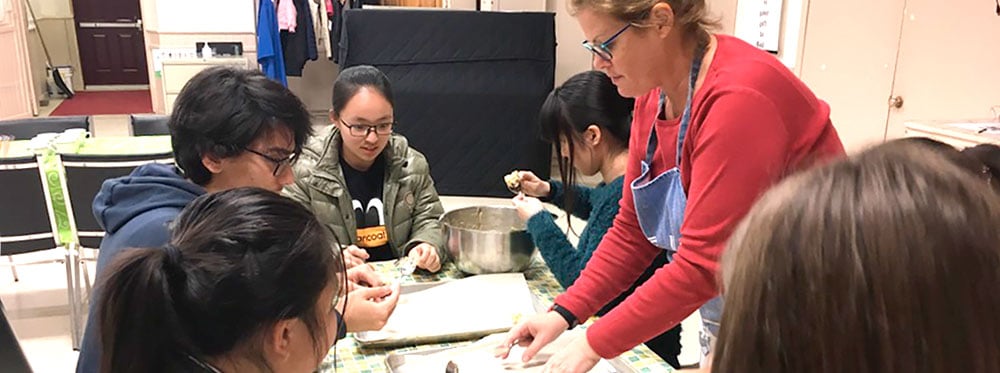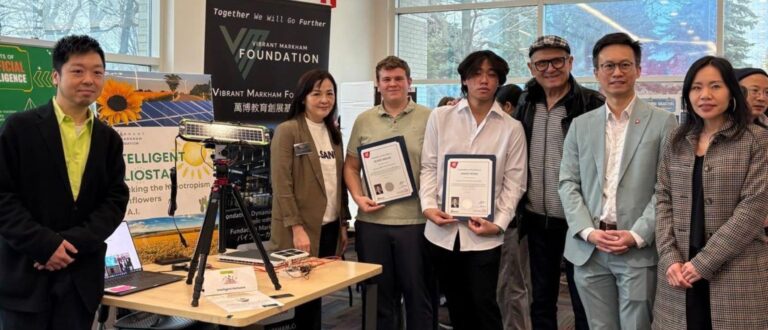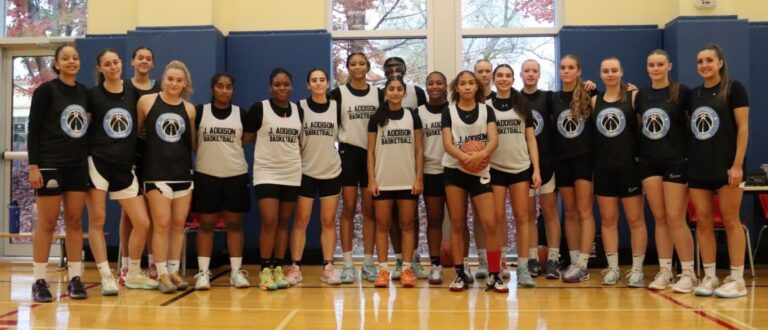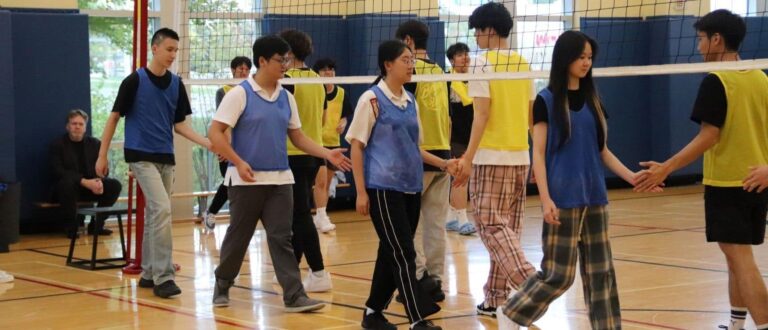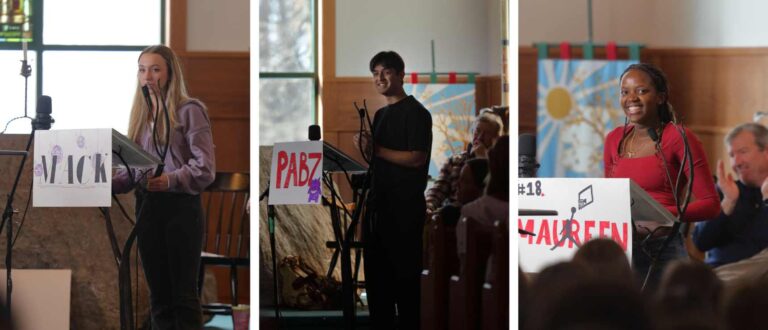Each day, unbeknownst to us, we all practice the principles of the learning approach STEM+A. Daily activities like preparing meals, cleaning, organizing, and planning all require a combination of different tasks plus a portion of Science, Technology, Engineering, Math + Arts, Aesthetics and Architecture whether we realize it or not.
STEM+A also involves the soft skills needed for daily and lifelong success: communicating, listening, leading, managing time, solving problems, and displaying empathy. Collectively these skills become intuitive abilities that students of STEM+A learning transfer from the classroom to life and work.
As learning, living, and teaching continue to evolve, the concept of a STEM+A curriculum can be better understood by considering the application of these subject areas in our daily lives.
For example, serving a healthy, tasty meal requires technology skills to source out recipes, knowledge of biology to choose foods that meet our nutritional needs, an understanding of math for measuring, and engineering savvy to use the cooking tools and equipment correctly. Wrapping up the process requires creativity to identify spices to enhance flavor and visual senses to present the meal in a pleasing way. Teamwork is involved at the final stages, with many hands coming together to serve the meal under the direction of a leader who communicates the instructions. Adding closure to the entire event is the clean-up process that typically involves delegating, debate, and action, all leading to the final victory of a spotless kitchen.
The Traditional Approach to Learning
In a traditional classroom, students learn subjects through a vertical approach, that is, as singular subjects taught within a specified block of time and with pre-determined lessons, learning outcomes and methods for assessing progress. Students participate in individual learning that is teacher-centred, typically sitting row by row at a desk or table, with minds wandering, often questioning the application to daily life. For many, the terms multiple choice and written test are synonymous with anxiety, fear and failure.
How STEM+A is Different
A STEM+A curriculum offers something different. It is a horizontal learning environment where multiple concepts of science, technology, engineering, math, and arts are taught collectively, typically coming together as a project or collaboration of many minds and hands. Projects are chosen based on relevance and life application and the learning is student-centred. There is discussion, debate, decision, and compromise among classmates. Success is measured through methods that support an individual’s strengths including verbal dialogue, digital presentation or artistic interpretation, with old-fashioned testing offered as an option.
As STEM+A students progress from the classroom to the workplace, these qualities strengthen teams and propel companies forward. As the world takes notice of this, STEM+A will gradually make its way into more classrooms in more countries, giving more students these coveted skills to carry them through all stages of their life.
By: Colleen Savage, Admissions Officer, Fulford Academy
